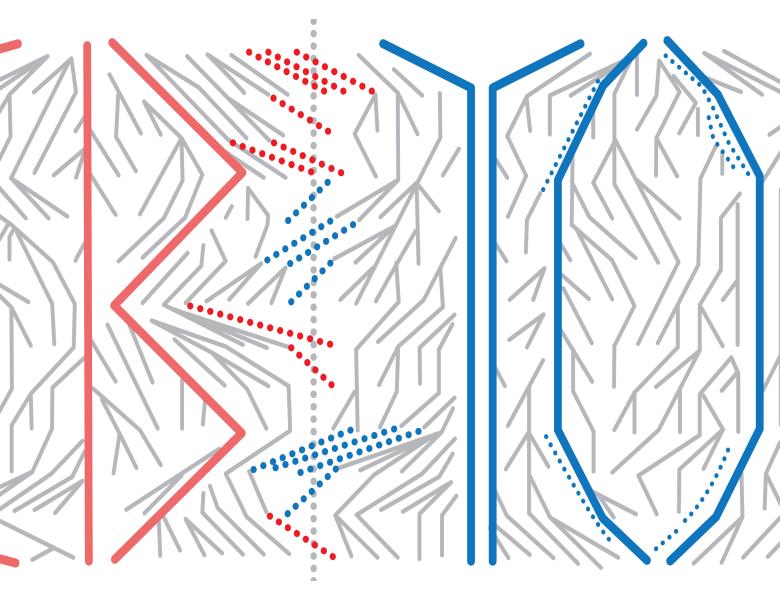
Abstract
The adaptive dynamics of an evolving population is constrained by epistatic interactions encoded in the underlying fitness landscape. In recent years empirical data sets have become available that offer glimpses into the structure of real fitness landscapes and motivate theoretical work on classic probabilistic models such as NK-landscapes and the rough Mount Fuji model. In this talk I report on recent efforts aimed at quantifying the accessibility of these landscapes under asexual adaptation. Results concerning structural properties, such as the number of local maxima and the existence of fitness-monotonic pathways, as well as on the dynamics of adaptive walks will be presented, with particular emphasis on the subtle role of genetic architecture in the NK-model. If time permits, the role of recombination in speeding up or slowing down adaptation on rugged fitness landscapes will also be briefly addressed.


